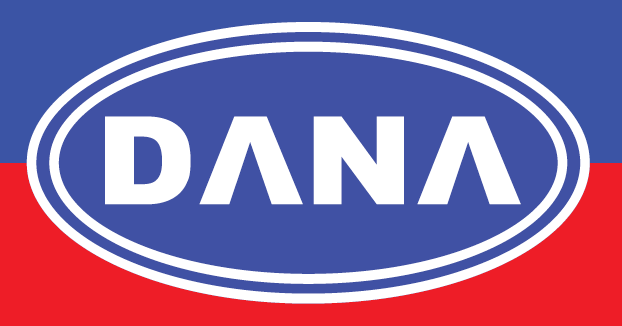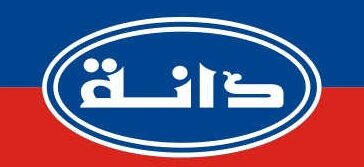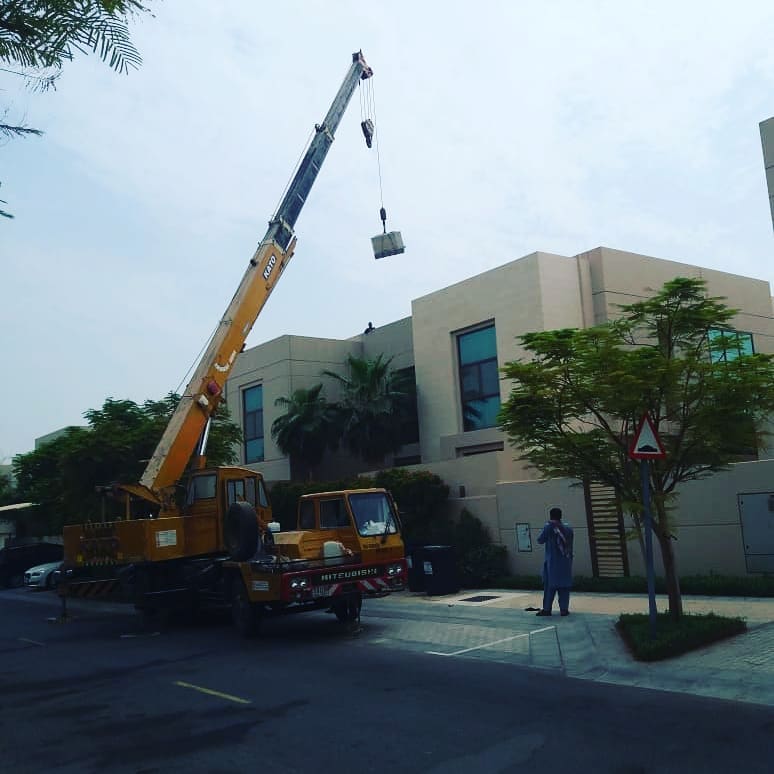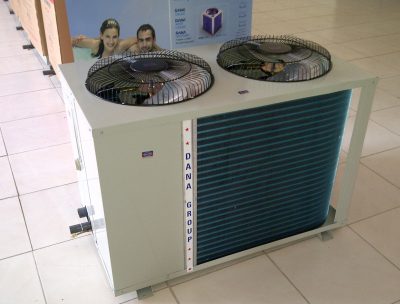There are many climates with hot weather. Some areas are hot all year round. But that doesn’t mean the inside of the buildings needs to be hot. While the outside temperature can often be more than 37 °C, the inside temperature of the building can be a cool 23 °C. All of this is due to the water chiller system.
Water cooling systems are used in medium to large-sized buildings. The industrial cooling plants serve as a centralized cooling system that provides cooling for an entire building or even other buildings by cooling processed water. In order to simplify the access for the maintenance crew of the building, large water chilling systems often provide more energy utilization than smaller individual systems. Check out – Industrial Water Chiller DC 10000.
Basics of the chilled water system
The industrial chilled water systems bring air circulation to the building by using chilled water to trap heat from the grounds of the building. At the edge of the chilled water system, the industrial air cooled water chiller absorbs heat from the water by use of a refrigeration system.
Installation of Water Chillers on High Roof
The refrigeration cycle of the chilled water system functions by extracting heat from the chilled water in the chiller evaporator. The compressor is what controls its every operation. It also requires the most energy in the chilled water system. Check out – Domestic Water Chiller DC 5000.
In the condenser, the heat energy is transferred to the condenser water or directly to the outside air. The chilled water loop comprises pipes and pumps that transfer the chilled water around the building. A chilled water pump drives cooled water through the chiller and through the chilled water line throughout the building.
Some configurations of chilled water cooling systems are very easy, whereas others are more complicated:
- A standard chilled water cooling system layout may consist of one chiller and one pump.
- The more complex design of the chilled water cooling system consists of multiple chillers, multiple pumps, cooling towers, heat exchangers, and all types of valves to regulate the flow according to the heating rate inside the building.
Chilled Water Cooling Systems
When chilled water is provided by a chiller, the heat which is extracted from the chilled water must be removed outside the house. The chiller device is a heat transfer facilitator between the inside of the building and the outside of the building.
There are two major types of chilled water cooling systems: air-cooled chillers and water-cooled chillers.
Air Cooled Chiller
Industrial air-cooled chillers are quite often installed outside the building and remove heat from the chilled water by absorbing the heat directly from the outdoor temperature.
Air Cooled Chiller
Air-cooled chillers vent heat from the condenser coil. As the hot water flowing through the condenser coil, the outside air passes over the condenser coil and extracts heat from the coolant.
The coolant then flows through the expansion valve, where it cools quickly and passes through the evaporator, in which it cools the chilled water. This process repeats over again.
Water Cooled Chiller
Industrial water-cooled chillers are mostly installed inside the building. They work in exactly the same way as air-cooled chillers. The difference is that they extract heat from the chilled water by transmitting the heat to a separate, single water line as the condenser water line.
The condenser water goes through the chiller and heats up. The condenser water gets back to the cooling tower. The cooling tower is generally placed outside the building. It absorbs heat out of the condenser water by evaporating plenty of the condenser water.
After some of the condenser water evaporates, heat is released out of condenser water, and the cold condenser water continues to flow to the chiller. This process repeats over again.
Water Chiller
Water-cooled chillers are really energy-efficient and reliable. Although because of their complexity and several key aspects, they are also more costly to set up and maintain. For such cause, you typically only found them in large buildings. It is because the energy savings are greater than the expense of implementing and managing the system.
Even so, water-cooled chillers are now also beginning to appear in small buildings. The latest developments have made it possible for chillers to be installed and managed in buildings that would not have one.
Applications across Huge Number of Industries
Our chillers are widely used to cooling processed water in many industries such as –
- Paper industry for (Manufacturing, Printing, BOPP /PET Plastic Film, Labels, Card Board,).
- Air-Conditioning (Civil, Industrial, Process, and Domestic).
- Laser (Welding, Profiling, Cutting, Optics, Medical, Marketing, Aesthetics).
- Mechanical (Grinding, Polishing, Profiling, Cutting, Water jet cutting machines, Rolling).
- Food (Chocolate, Beverages, Confectionery, Bakeries, Storage).
- Plastics (Injection, thermoforming, Extrusion, Film Extrusion, Blow Molding, PET/PC Molding).
- Medical Machinery (XRAY, CT SCAN, MRI machines).
- Chemical (Paints, Oil & Gas, Solvents, Petrochemical, and Temperature Control).
- Steel Working Machinery (Waterjet, CNC, Hydraulic Power packs).
- Other (Gold & Silver, Pharmaceutical, Wood, Ceramics, Textile).
Optimizing Chiller Plant
The chilling plant is also a major part of the energy need for buildings. If you realize that chillers are among one of the largest energy consumers in a building, their efficiency can have a significant effect on capital costs. For all this reason, the performance of the chiller plant is also carefully monitored for possible improvement.
Optimization of a chiller plant is a challenging task that requires collecting data and making estimations. These estimations help to effectively operate the chiller plant.
For example, during cool nighttime, it would be more viable to raise the chilled water supply temperature of the chiller. Increasing the temperature setpoints of the chilled water supply enable the chiller to perform easier.
Conclusion
Chilled water systems are usually used for the cooling of medium-sized and large-sized buildings. Although there might be a lot of initial costs for a chiller plant, higher energy performance and reduced maintenance costs typically match for it.
A chiller is essentially a heat transfer facilitator between both the inside and the outside of the building, and the chilling water system may have so many different implementations. Water-cooled chillers and air-cooled chillers are the most widely used chillers.
Contact Us
Dana Water Heater & Coolers Factory LLC (ISO 9001:2015 certified) was established in 2001 as the manufacturing arm of DANA GROUP. We manufacture our products such as water cooler, water heater, cold room, water chiller, etc. in Dubai, UAE.
Our products are available wide demographic as we export over products to a number of countries including UAE, Africa, Bahrain, Kuwait, Saudi Arabia, Oman, Kenya, Tanzania, etc. In UAE, We provide local service & after-sales service across Dubai, Ajman, Sharjah, UAQ, RAK, UAQ, Al ain, and Fujairah.
Being air cooled water chiller manufacturer and chilling plant supplier, we always work hard so that we can deliver the most premium of qualities at non-premium and affordable prices.
Feel free to contact me in case of any inquiry. Listed below are the mediums through which you can reach us out!
Tel – 0097142217273
Email – info@danagroups.com / info@danawatercoolers.com
Credit – https://danawatercoolers.com/industrial-air-cooled-water-chillers-chilling-plants/





